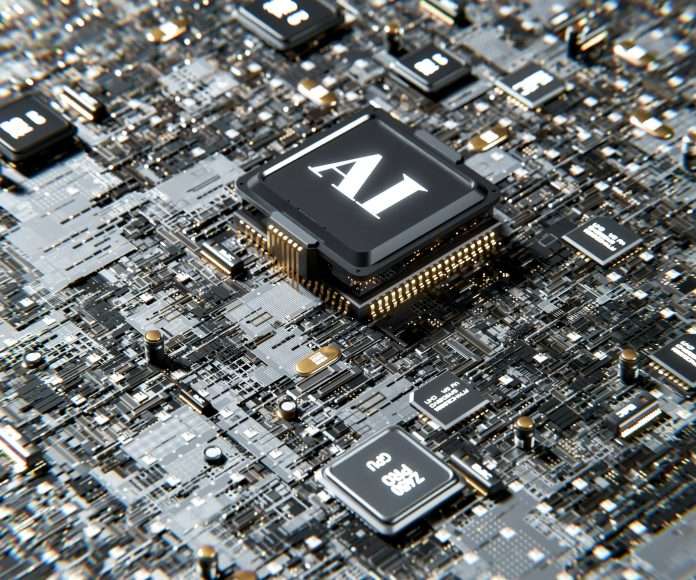In the evolving landscape of global business, third-party risk management (TPRM) remains a concern for teams across IT, security, boards, and regulatory bodies.
According to 4CRisk.ai, the interconnected nature of today’s marketplaces, as highlighted by incidents like the recent CrowdStrike outage, underscores the critical need for efficient management of third-party relationships—ranging from suppliers and service providers to contractors and vendors.
Traditionally viewed as a cumbersome yet necessary expense, TPRM can significantly benefit from advancements in artificial intelligence (AI). AI technology has the potential to transform the landscape of risk management by enhancing the speed and efficacy of processes that have historically been manual and time-consuming.
For instance, AI can evaluate vendor SOC II reports, PEN test results, and various compliance documents against an organization’s criteria in a fraction of the usual time. Furthermore, AI’s ability to stay abreast of regulatory changes can expedite updates to assessment controls by 20 to 50 times faster than manual processes.
One of the most transformative aspects of AI in TPRM is its ability to streamline vendor onboarding and due diligence. According to a 2023 E&Y survey, it takes most organizations 30-90 days to conduct a thorough risk assessment of a new vendor. AI can dramatically cut down this time by quickly parsing through and analyzing mountains of unstructured data from various sources. This swift analysis not only identifies risks but also ensures that vendors meet internal and external compliance standards.
Moreover, AI’s role in ongoing vendor monitoring and risk assessment is increasingly vital. Prevalent’s 2024 Third Party Risk Management study reveals a worrying 60% of organizations experienced a third-party breach in the past year, highlighting the growing complexity of third-party risks. Despite this, many still rely on outdated tools like spreadsheets for management. AI can regularly reassess vendor compliance and performance, quickly highlighting any deviations from the set standards and suggesting actionable insights to mitigate risks.
Contract management is another critical area where AI can make a significant impact. The manual, labor-intensive process of evaluating and adjusting contracts to align with regulatory and business changes is streamlined by AI. By conducting thorough analyses of vendor contracts against master service agreements and evolving clauses, AI can identify misalignments in minutes, facilitating quicker adjustments by legal and contracting teams.
Lastly, the move towards centralized risk management is gaining momentum, with 90% of respondents in the E&Y survey indicating a shift in this direction. AI supports this by enabling a comprehensive analysis of interconnected risks across the organization and its global networks. By quickly identifying anomalies and correlating data, AI helps organizations enhance their resilience, respond to incidents effectively, and ensure compliance with international standards like DORA.
The integration of AI in TPRM not only speeds up the process but also provides a level of precision and foresight that was previously unattainable, thereby transforming risk management into a more proactive and strategic function within organizations.
Keep up with all the latest FinTech news here.
Copyright © 2024 FinTech Global











